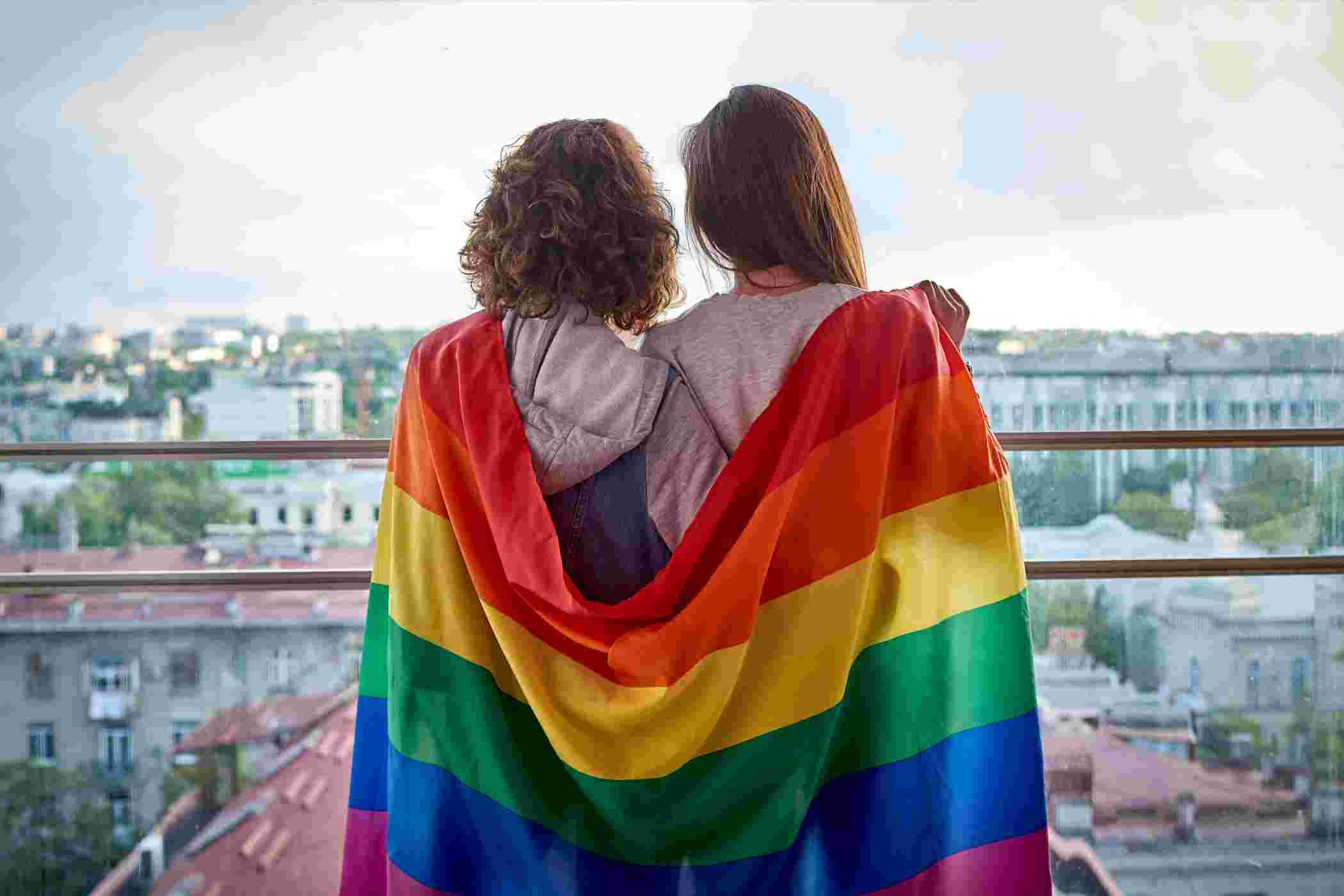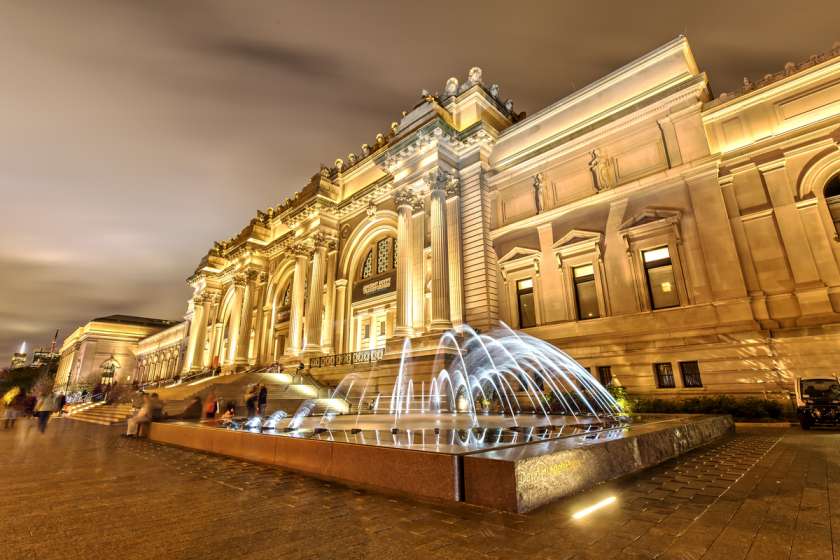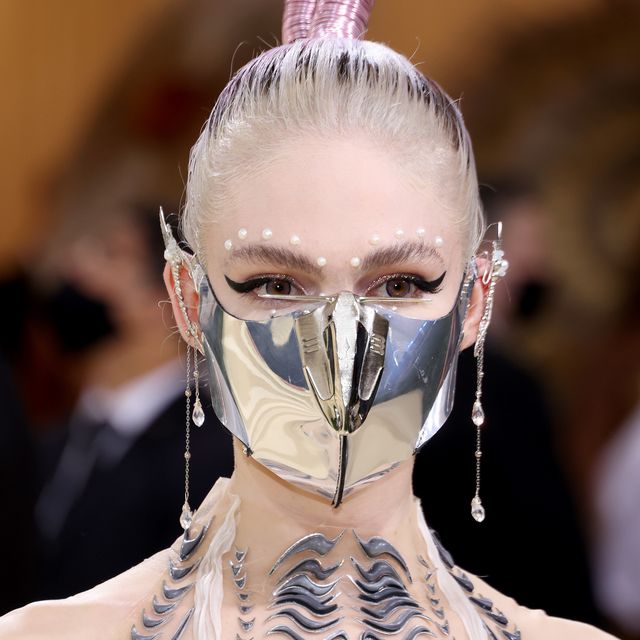Vogue December 2020 Inspires Dialogue About LGBT Representation in the Fashion Industry.

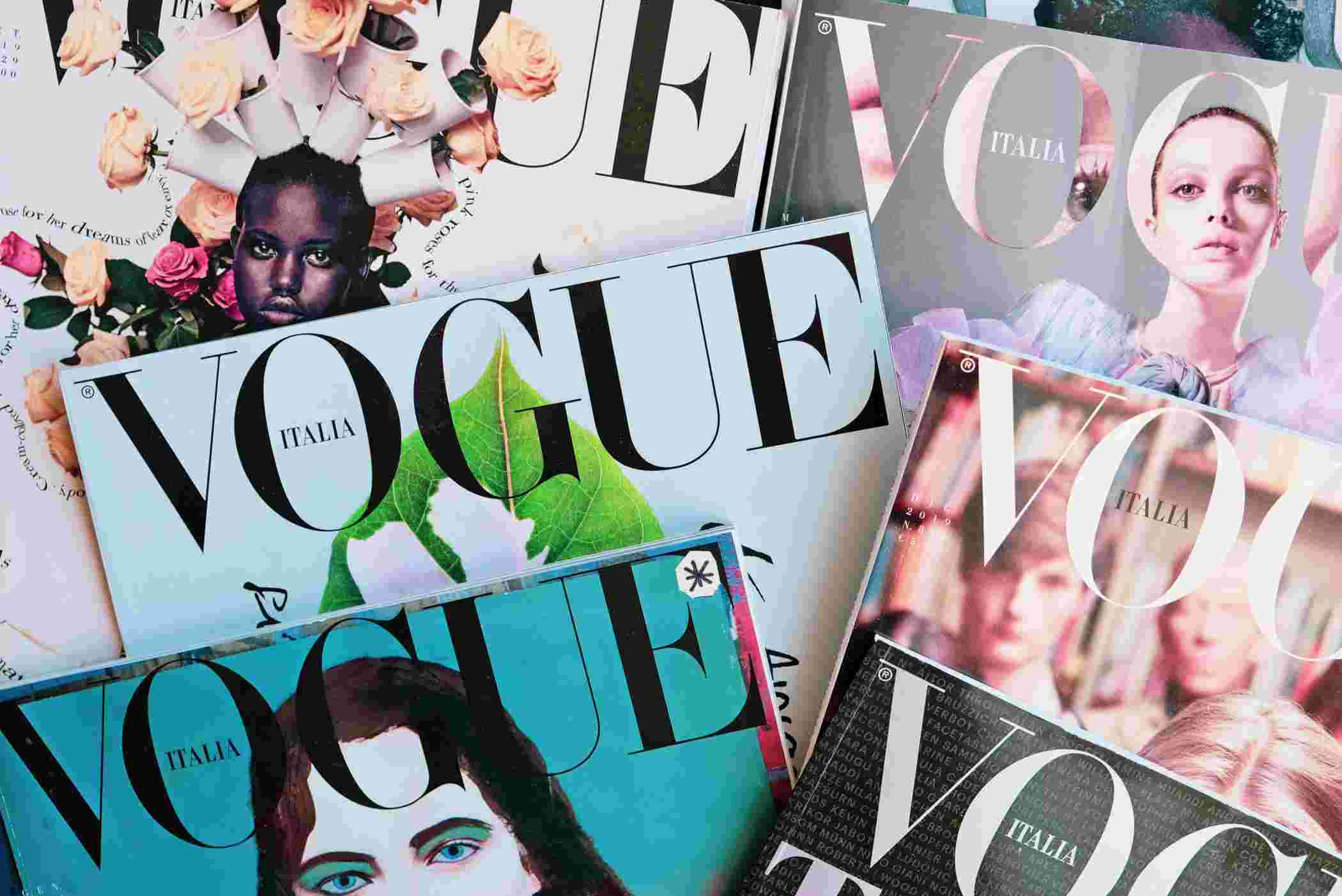

Fashion celebrates individuality. Its appeal lies in its unique ability to express the wearer’s thoughts and emotions without them having to utter a single word. That’s what the Vogue December 2020 issue projected. Harry Styles, dressed in a very ‘feminine’ attire, flaunting his unwavering confidence, empowered gender-fluid individuals. Undoubtedly, Vogue December 2020 caught the attention of media and critics for its audacious portrayal of Harry Styles. The unorthodox appearance of the British pop star as the first solo male model on the holy grail of style magazines caused quite a stir among gender conformists.
While Vogue has garnered a lot of praise for this cover, some right-wing ideologists consider it blasphemy. This isn’t the first time Vogue has attempted to emphasize its support for the LGBT community. There is an eventful background to this story, which takes us back to the history of fashion and queer culture.
History of LGBT Representation in Fashion

The unacknowledged became real and tangible. Fashion wasn’t just about conforming with the status quo. It began to embrace diversity and integration. Famous American designers like Halston and Stephen Burrows were developing a progressive tone with unconventional style patterns. In addition to this, the incorporation of form-fitting pants, sequins and neon colors brought the fashion world to a new stage. Simply put, gender neutrality eased the passage for enormous opportunities in the fashion industry.
A little later, Madonna surprised American audiences with a 1990s ‘Vogue’ video providing a very authentic and creative glimpse into queer culture. The video features the choreography of Jose Gutierez Xtravaganza in a New York ballroom scene. The presentation of the scene was artistically surreal. It was awe-spiring to witness gay culture in such a refined manner.
The 80s and 90s encouraged people to think about gender fluidity, but it was discussed more in the 2000s, and certainly now over the last decade. Diversity, inclusion and gender-neutrality are no longer just buzzwords. The LGBTQ+ community finally has a voice.
Saisha Shinde Coming Out with Utmost Pride
Vogue excels in the representation of ever-changing society. Shortly after the Vogue December 2020 issue, the fashion bible also featured a post about the transition of fashion designer Saisha Shinde (formerly Swapnil Shinde).
Saisha has been a celebrity designer for A-listers in the industry for the past few years. She posted the news about her transformation on Instagram which Vogue magazine later picked up. In her social media post, she opened up about her experience as someone “trying to camouflage her fears about her sexuality.”
She said that 2020 gave her the time and courage to come out and face whatever consequences her acceptance of the truth might bring. The world for her is now a little more peaceful and encouraging than it was before she came out. To combat her insecurities about her life choices, she made the most courageous and fulfilling decision of her life.
Back to the Present – Harry Styles and Trolls
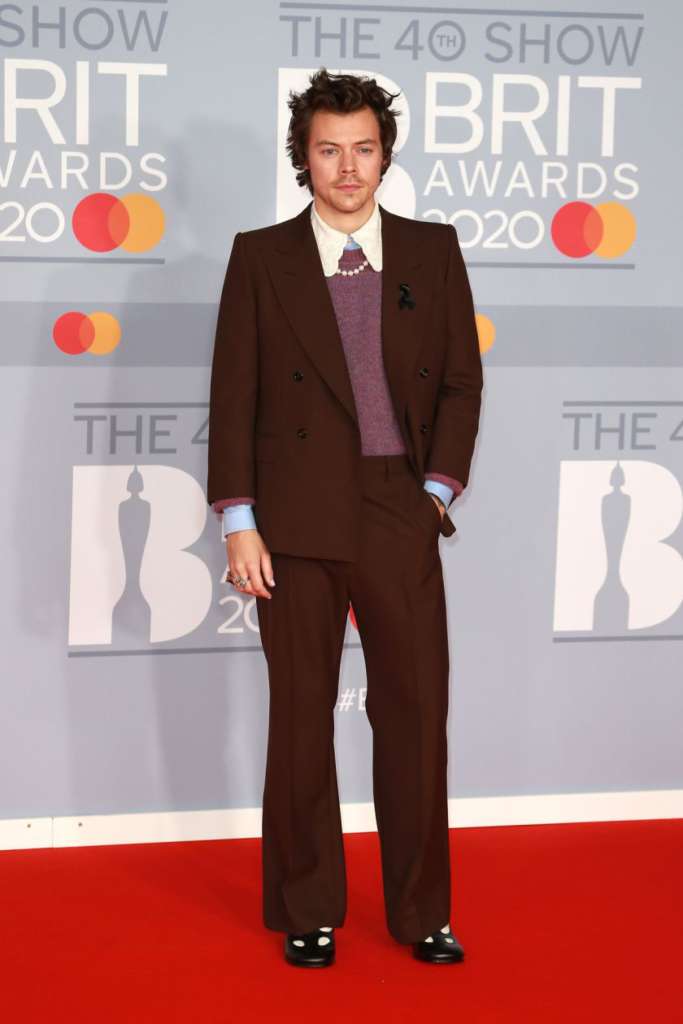
This remark mirrored the comments by conservative political activist Candace Owens. The American author stated that the feminization of men in the fashion industry is an outright attack on society, which can’t survive without strong men.
The criticism against the Vogue December 2020 cover was massive. Fortunately, many people came out in support of it and appreciated Styles’ lucid presentation, carving his way through the enigma of masculinity and definition of strength.Needless to say, choosing Harry Styles for this vivid vogue photoshoot was a pragmatic idea. The pop star has been in the spotlight for sporting fashion-forward elements since his days in One Direction. He is comfortable in his skin and has no qualms about defying social conventions.
To Wrap it Up
The fashion industry is starting to embrace the LGBT community and helping the rest of the world do the same. Lately it has been putting forward revolutionary steps to elevate their queer status in the real world. Fashinza provides a platform for tremendously creative designers and fashion brands who design for bodies and not specifically for gender.















